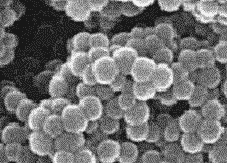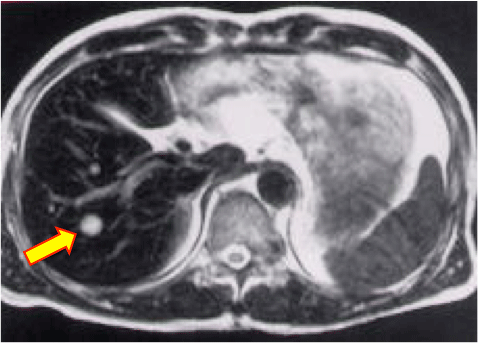|
Superparamagnetism is a property occurring principally in small, single-domain magnetic particles without magnetic memory. It is more closely related to ferromagnetism than to paramagnetism.
For example, when a ferromagnetic, multidomain sample of Fe3O4 is reduced in size to less than about 40 nm, a single-domain magnetic particle eventually will be formed. When placed in an external magnetic field, this particle develops a strong internal magnetization from exchange coupling of electrons within the domain and thus becomes superparamagnetic. Ferritin and hemosiderin, repositories for iron atoms released by the breakdown of hemoglobin, are naturally occurring superparamagnetic substances in tissues. Superparamagnetic ferrite particles have also been used as contrast agents for the liver and reticuloendothelial system. Because only a single domain is involved, the susceptibility of a superparamagnetic substance is not nearly as great as that of a ferromagnetic substance. Additionally, since each domain is in a separate particle, there can be no interactions or ordering of domains within a sample. Unlike ferromagnetic materials, therefore, superparamagnetic substances do not retain any net magnetization once the external field has been removed. In other words, they have no magnetic memory. Superparamagnetism and ferromagnetism are compared below: |
References
"Superparamagnetism." Wikipedia, The Free Encyclopedia
"Superparamagnetism." Wikipedia, The Free Encyclopedia
Related Questions
What is magnetic susceptibility?
What causes susceptibility?
What is ferritin? How is it different from hemosiderin?
What is magnetic susceptibility?
What causes susceptibility?
What is ferritin? How is it different from hemosiderin?




